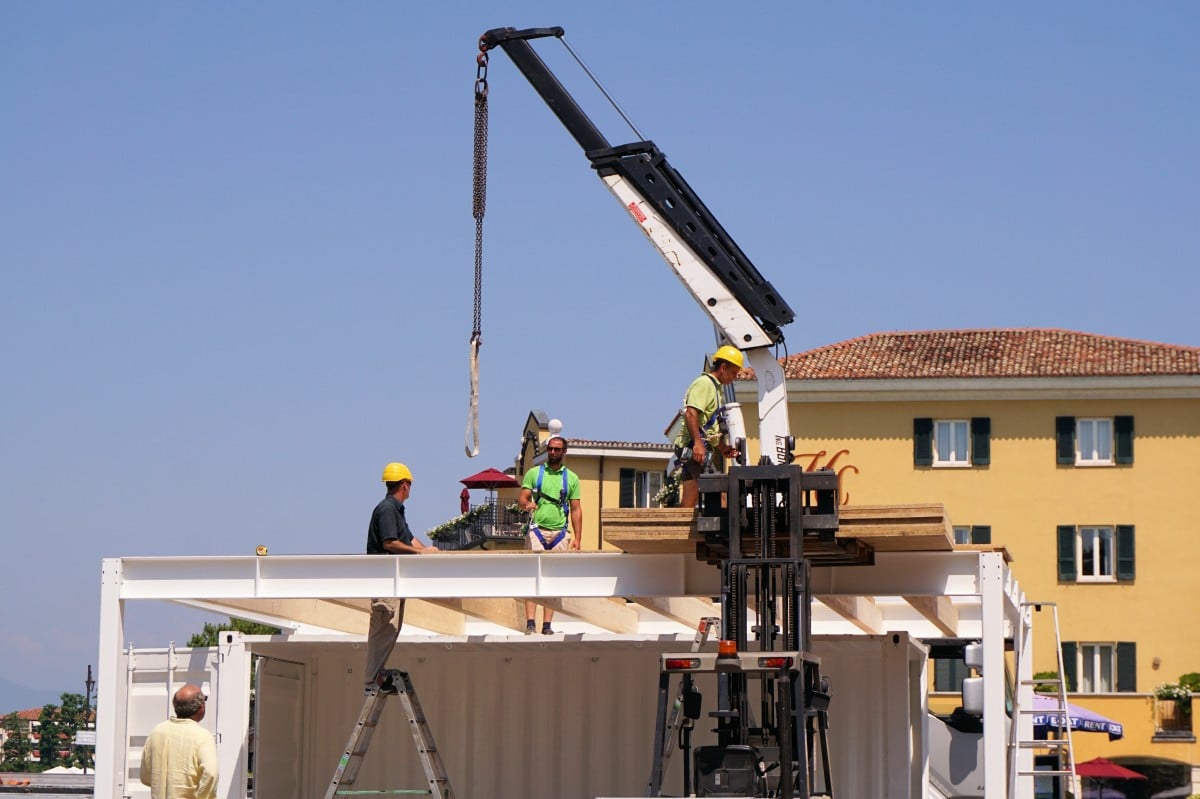
The UK construction sector has a health and safety record that makes it one of the country’s most dangerous industries for workers, with injury and fatality rates that are above average as well as higher than normal rates of illness from work-related causes. Therefore, it is an area of increasing concern for the Health and Safety Executive (HSE).
Competence has been a major part of the strategy used to improve the construction sector’s health and safety record. The term is directly referenced in the Construction (Design and Management) Regulations 2007 (CDM), whose success is largely dependant on ensuring that everyone involved at every stage of a construction project is competent.
However, the HSE’s proposals for a CDM revision has removed the mandatory requirement for individual competence in CDM 2015 and the CDM 2007 requirement for corporate competence. CD261 has indicated that one of the main reasons for the proposed changes is to lower the difficulty of meeting the CDM 2007 competence requirements. For example, it cites the growth of commercial-based competency programmes and the excessive use of paperwork and other questionnaires.
What is competence?
The definition of competence is a complicated matter and the law has been trying to accurately define it for some time. The present meaning included a combination of attributes, qualities, and characteristics.
Indicators of the legal meaning of competence can be found in some early health and safety cases. In one 1912 case, coal miners were poisoned when carbon monoxide escaped into the mine. The contemporary mining legislation required the manager and fireman to remove the workers until the incident had been investigated.
Although both men were well qualified, the House of Lords held that they did not have the necessary experience to navigate the situation and the owners of the mine were found liable.
It appears that being competent goes beyond possession of certain qualifications. It also addresses experience.
In another case, this one taking place in 1957, one employee who was well-known for playing jokes at work injured another employee. The employer was found liable on the premise that this person was not a competent employee, which under common law must be someone who behaves responsibly at work and has a positive attitude toward workplace health and safety.
Other cases make additional specifications, so it appears that there is no single universal definition of competence. It appears to depend on the processes, the circumstances, the amount of risk, and what parties are involved. It is also a standard that has to apply to companies as well as to people. Given all these variables, it is not surprising that the term ‘competence’ has created so much confusion in the construction industry.
CDM and Competence
Under CDM 2007, “competent” individuals must be appointed to fulfil the various required roles. This also applies to companies. CDM requires all appointees to be competent, including:
Contractors
Primary contractors
Designers
CDM co-ordinators
CDM 2007 is accompanied by the Approved Code of Practice (ACOP), which provides assistance and advice on the assessment of competence.
Under the ACOP, an individual or organisation is competent only when they have:
Sufficient knowledge of the work to be done and the risks that the work entails
Sufficient ability and experience with the duties involved with the project; can recognise their limitations, and take the right measures to prevent injury to construction workers and/or those impacted by the construction work
Knowledge about the work they will be expected to carry out and the risks that this work may involve. Such knowledge may be acquired by formal or on-site training
The right experience: workers are more apt to use safe practices if they understand why the practices are necessary and past experience is a good indicator of ability.
Under CDM 2015, the corporate competence requirement will be removed and the direct requirement for individual competence included in CDM 2007 will be replaced with a new regulation 8, which states that anyone responsible for engaging a contractor for a construction project must take reasonable steps to ensure that the contractor has:
Received the required training, instruction, and information AND
The appropriate supervision to meet applicable legal provisions and maintain the welfare, health, and safety of those impacted by the work.This requirement is comparatively simple and appears to be a far cry from the CDM 2007 requirements for competence. The new regulation 5 requires all projects to have management arrangements in place, and the HSE expects that the present explicit requirements for competence will be effectively replaced.
What are the implications?
The CDM 2015 approach to competency insurance in construction is a much simpler approach. Its definition of competency is the provision of training, information, instruction, and supervision referenced in the new regulation 8 and appears to apply only to contractors.
Regardless of these proposed changes, the companies and individuals who arrange construction projects will have to ensure that everyone on site is competent. Not only is this a common law requirement, but it is also implied in legislation such as the Health and Safety at Work, Act, so the new principal designer will have to be proven to be competent.
Clients and other parties will have to ensure that they ask for a level of training that will pass the scrutiny of the courts. This instruction, information, and training cannot be randomly delivered: it must be assessed and will involve some cost and bureaucracy. For example, a training needs analysis may have to be performed. The HSE stance on competency training is that it may be accomplished using standards that are nationally agreed upon and criteria created by professional bodies.
CDM 2015 will not have an ACOP, but according to the HSE, the regulations will be accompanied by targeted guidance, so it remains to be seen what this means for regulation 8. In any event, construction project participants will have to start considering the implications of all of these proposed changes regarding how to achieve competence in construction.